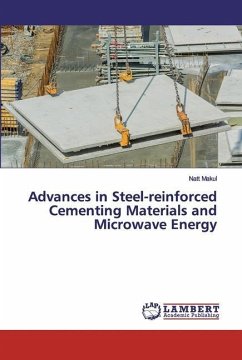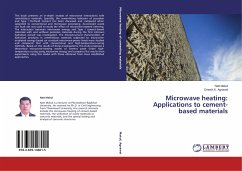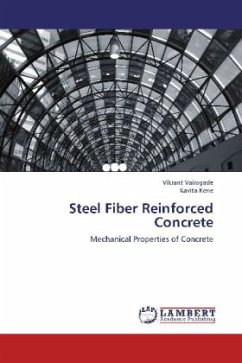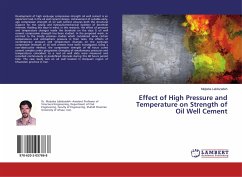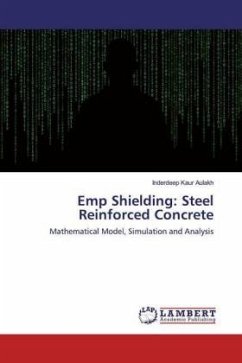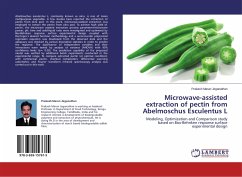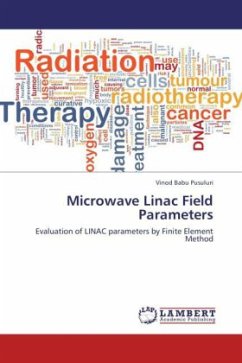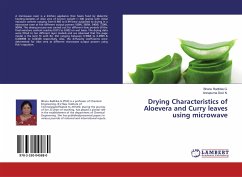Microwave heating is a highly efficient technique for various thermal processes. Advantages of microwave heating compared to conventional processing methods include energy-saving rapid heating rates and short processing times, deep penetration of the microwave energy, instantaneous and precise electronic control, clean heating processes, and no generation of secondary waste. This book presents a comprehensive study on the interaction between steel-reinforced concrete and microwave energy using a single-mode rectangular waveguide. We begin by investigating the mechanisms of changes in the adaptive dielectric properties of concretes and reinforced concretes to predict how these properties are altered when microwave energy is applied. Next, the structural characteristics of microwave-cured concrete will be identified. Finally, we will formulate mathematical models to describe the relationship between microwave curing and mass transfer for steel-reinforced concrete.
Bitte wählen Sie Ihr Anliegen aus.
Rechnungen
Retourenschein anfordern
Bestellstatus
Storno

